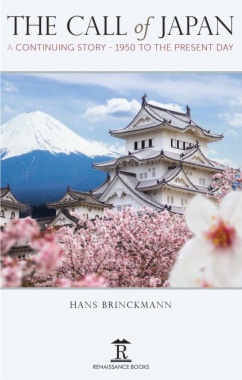Part personal memoir, part professional flashback, part socio-cultural commentary, The Call of Japan chronicles the author’s experiences during his 40 years of living in Japan, from 1950 to 1974 as a ‘reluctant banker’, and from 2003 to the present as a writer. The Call of Japan comments extensively on the country’s economic, political and cultural realities during the crucial early years of post-war reconstruction as well as during more recent times.

